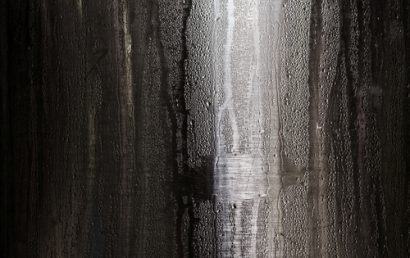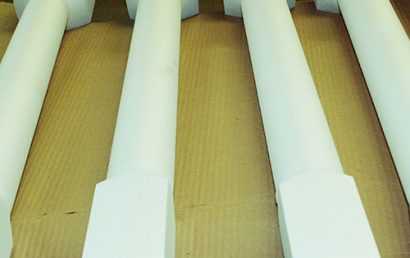Top Tips To Measure Conductive Coatings
Great precision is required for measurements applying to both nonconductive coating thicknesses and conductive coatings. Particularly in the aerospace industry, it is crucial that accurate coating measurements are taken. Dangerous malfunctions can occur, and compromised coating material safety standards can be experienced by inaccurate measurement. A degradation of assets can result from even a small amount of thickness loss.
NDT (nondestructive testing) is a crucial aspect of routine aircraft maintenance. So that no flaw goes undetected, the best possible NDT equipment and approach for the measurement of coating thicknesses is of the utmost importance. This also allows analysts plenty of time to recommend replacements or repairs in advance, to head off greater complications. For the best results possible, here are some tips to streamline the process of inspection and assist in analysis enhancement.
When Appropriate, Eddy Current Testing
ECT (eddy current testing) is an approach that can be highly useful when measuring conductive coating thickness. In order for this to be applicable, however, the uppermost coating layer must be nonmagnetic. On a case-by-case basis, how the thickness of conductive coatings is inspected can and should be determined for the optimal approach in each instance.
The Utilization of a Modular Measuring System
A variety of factors determine the correct conductive measuring system. Material type and coating type are two of these factors.
That said, MMS (a modular measurement system) – where conductive thickness coating is concerned – is one commonly suggested method. In addition to the substrate material, a modular system automates the measurements on thickness and conductivity. Flexible techniques are permitted as well because MMS integrates various modules that promote these techniques.
Example: On nonferrous metallic material, the thickness of galvanized nickel coating can be tested by a particular module. For copper coating, there is another module. Eddy current measurement and magnetic inductive techniques are yet another module that can be used for coated metals like zinc and copper, when nonmagnetic coatings are present.
Quality NDT Equipment Must Be Chosen
To prevent more dangerous complications from arising, and to detect thinning early on, analysts must use instruments that are precisely designed to specifically measure conductive coating thickness. Substandard or older instruments will probably be less expensive to purchase compared to alternatives that are higher quality. But keep in mind, greater future costs can be incurred down the road by using inferior equipment. Why? It increases an analyst’s risk of overlooking certain flaws that are difficult to detect. By the time they are noticed, they’ve already become prominent problems and expensive solutions will likely be required. This could have been avoided by investing a little bit more in high-quality, newer equipment up front.
Some Parts That Use Conductive Coatings
There are nearly endless possibilities where conductive coatings are concerned. Here are a few parts that utilize these coatings on a daily basis:
- Heating elements
- Static dissipative elements
- Commutator segments
- In-situ thermocouples
- Flexible circuits
- Ground straps
- Slip rings
- Contact points… and more.
Turn to A&A Coatings for the Coatings You Need
A&A Coatings can provide your company with both conductive and nonconductive coatings. Chances are, your competition is already using thermal spray coatings to their advantage. Contact one of our experts to see how our coatings can be of use in your business.



